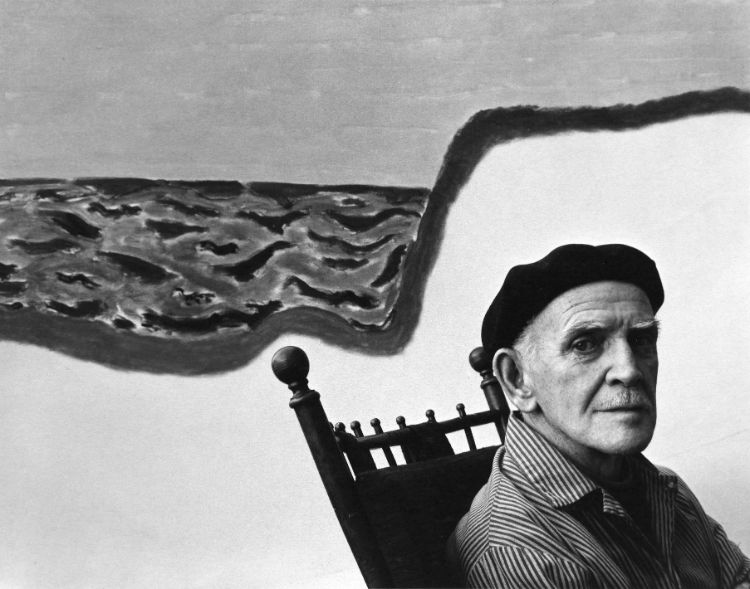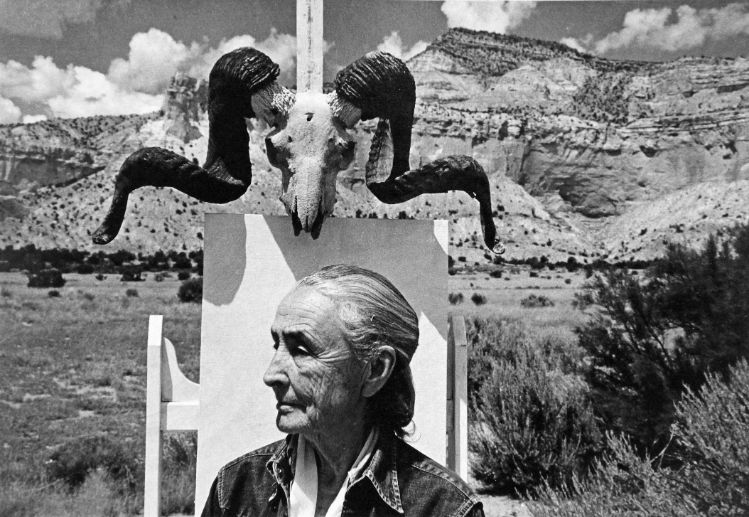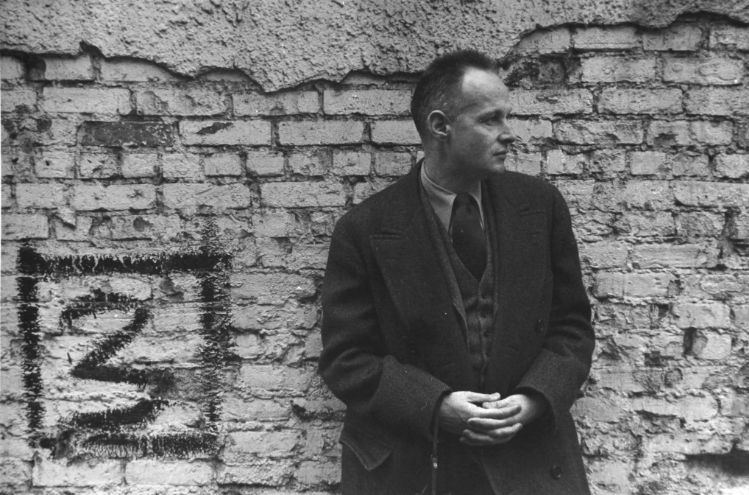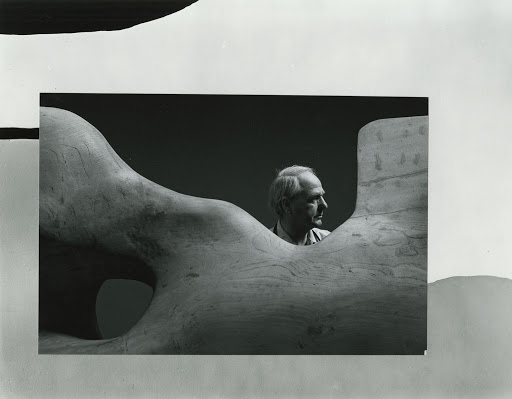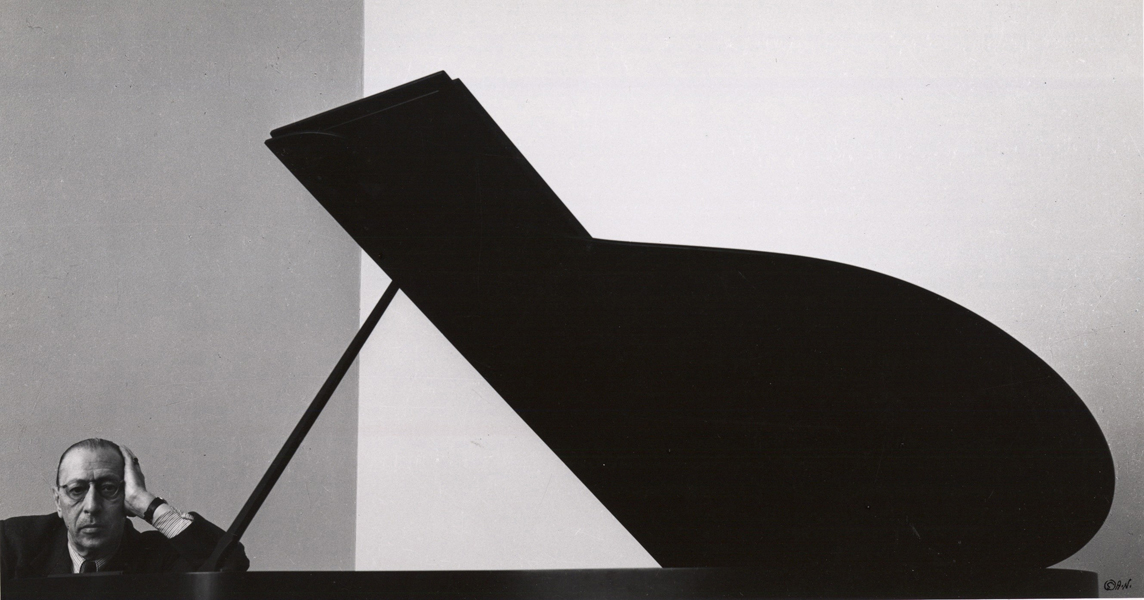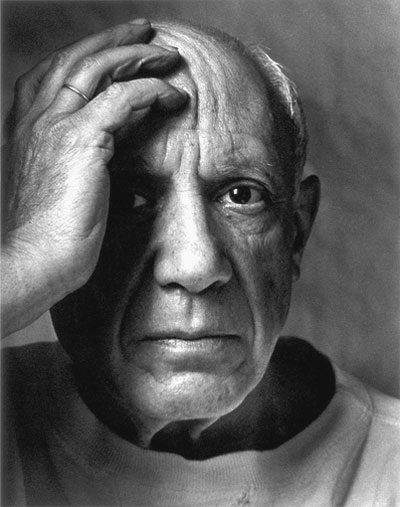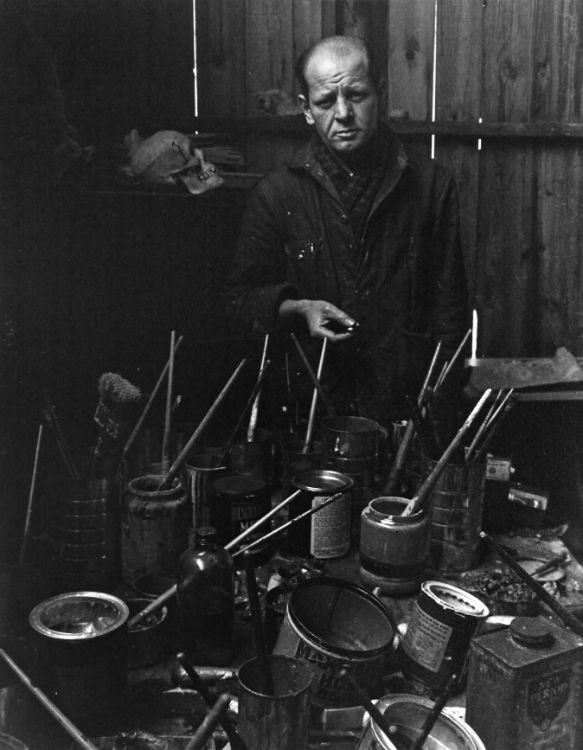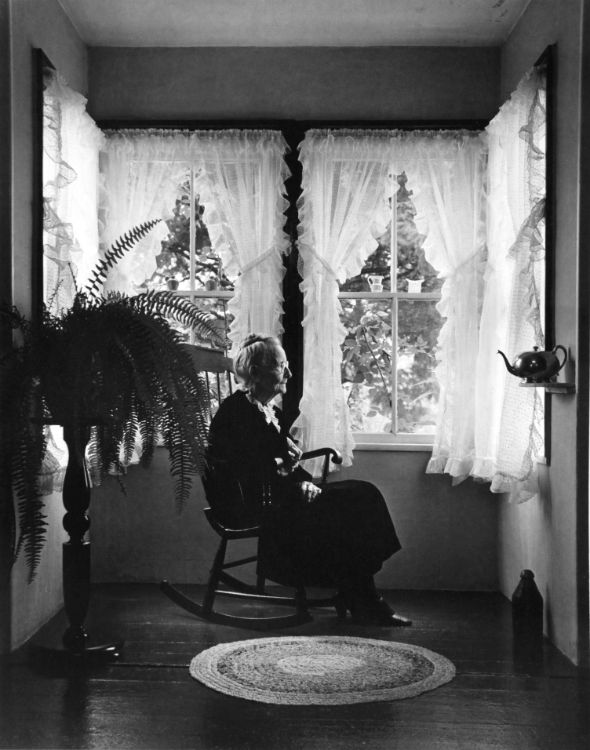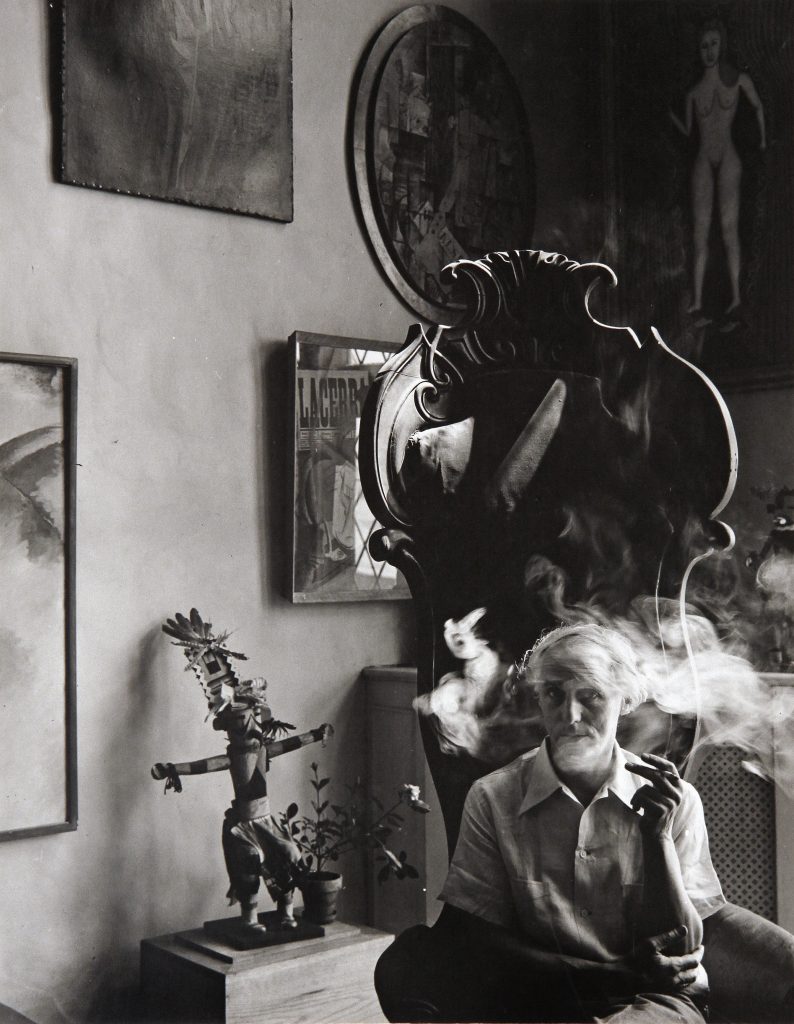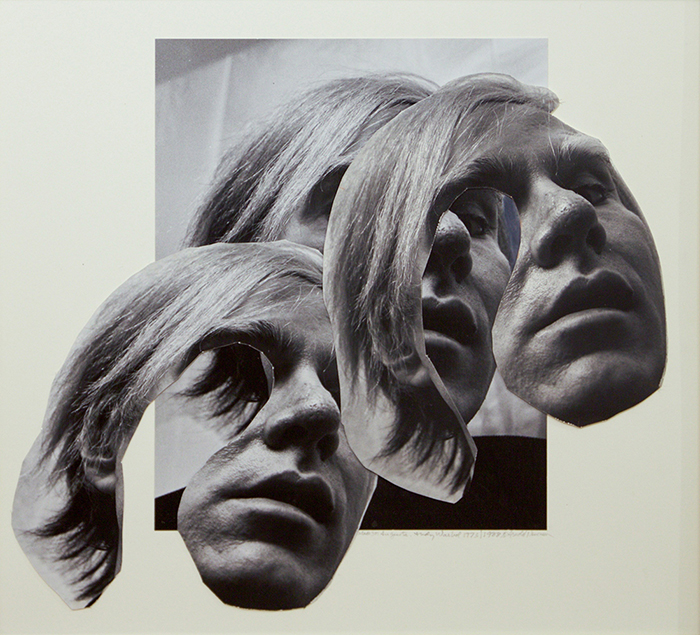
Arnold Newman
B. United States, 1918-2006
The Works
9
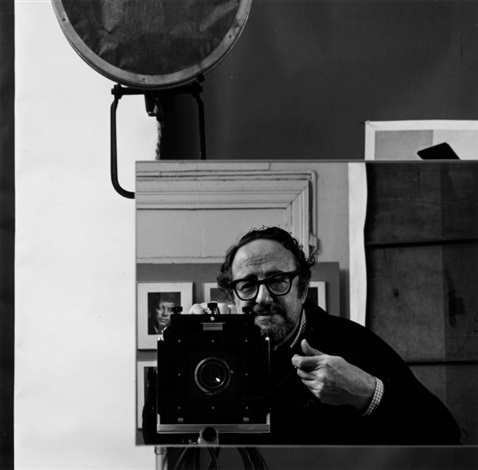
B. United States1918-2006
Biography
Arnold Newman (1918-2006) is remembered as one of the most accomplished portrait photographers of the twentieth century. His ‘environmental portraits’ paved the way for modern portrait photography. Arnold Newman has been credited with popularising the ‘environmental portrait,’ which places the sitter in surroundings that suit their profession or skill. Newman said of his sitters, “it is what they are, not who they are, that fascinates me,” and he made his reputation photographing a wide range of highly influential cultural and political figures of the twentieth century, often in their most telling environments, be it home or work. While commonplace today, this technique was not widely used in the 1930s when Newman was learning his craft.
His archive comprises a catalogue of famous figures of the twentieth century film stars, artists, politicians, sports heroes, and more. He photographed artistic icons such as Max Ernst, Piet Mondrian, Marcel Duchamp, Man Ray, Francis Bacon and David Hockney, Newman’s sophisticated eye and technical brilliance won him many fans, and he is remembered today as one of the great American photographers.
Arnold Newman was the recipient of numerous awards, including nine honorary doctorates. In 1975, he received the American Society of Magazine Photographers’ Life Achievement in Photography Award and the International Centre of Photography Master of Photography Award in 1999. He has been the subject of numerous solo exhibitions at major museums such as the Museum of Photographic Arts, San Diego, the National Portrait Gallery, London and the Corocan Gallery in Washington.
By continuing to use this site you consent with our cookie policy. You can read more here.
Enquire
Thank you for your enquiry. We will be in touch shortly.
